Ibtisam E. Tothill9781855736740, 9781855737105, 1855736748, 0203497961020, 1855737108, 0849317592
Table of contents :
1855736748……Page 1
Contents……Page 6
Contributor contact details……Page 12
Introduction……Page 16
Part I Product safety……Page 20
1.1 Introduction……Page 22
1.2 Process issues……Page 24
1.3 Detection of chemical contaminants……Page 25
1.4 Detection of foreign bodies……Page 26
1.5 Conclusions……Page 29
1.7 References……Page 31
2.1 Introduction……Page 33
2.2 Principles and applications of immunochemical assays……Page 34
2.3 Immunoassays for food contaminant analysis……Page 39
2.4 Immunochemical sensors (immunosensors)……Page 40
2.5 On-line immunosensors in food processing……Page 44
2.6 Future trends……Page 49
2.8 Sources of further information and advice……Page 53
2.9 References……Page 54
3.1 Introduction……Page 59
3.2 The use of bioassays: the case of dioxins……Page 60
3.3 The use of bioassays for other contaminants……Page 68
3.6 References……Page 70
4.1 Introduction……Page 74
4.2 Detecting pesticides: physicochemical methods……Page 77
4.3 Detecting pesticides: biological methods……Page 78
4.4 The principles of biosensors……Page 81
4.5 Developing low-cost biosensors……Page 88
4.6 Using biosensors: pesticide residues in grain, fruit and vegetables……Page 89
4.7 Future trends……Page 91
4.9 Further reading……Page 92
5.1 Introduction……Page 94
5.2 Current screening methods for residue detection……Page 95
5.3 Developing biosensors: the use of surface plasmon resonance……Page 98
5.4 Using biosensors to detect veterinary drug residues……Page 100
5.5 Biosensor applications in the food industry……Page 102
5.6 Future trends……Page 105
5.8 References……Page 107
6.1 Introduction……Page 110
6.2 Veterinary medicinal products……Page 111
6.3 Methods for detecting residues……Page 112
6.4 Validating detection methods……Page 115
6.5 Rapid on-line confirmation of different veterinary residues……Page 117
6.6 Future trends……Page 131
6.8 References……Page 132
7.1 Introduction……Page 135
7.2 Immunosensors……Page 136
7.3 Detecting toxins: domoic acid……Page 137
7.4 Detecting toxins: okadaic acid……Page 141
7.5 Detecting toxins: saxitoxin……Page 144
7.6 Developing on-line applications……Page 148
7.9 References……Page 151
8.2 Conventional methods……Page 155
8.3 Specialised techniques: epifluorescence (DEFT), bioluminescence and particle counting……Page 158
8.4 Specialised techniques: flow cytometry, electron microscopy and immunoassay techniques……Page 160
8.5 Cellular components detection: API, metabolising enzymes and nucleic acids……Page 162
8.6 Electrochemical methods: impedimetry, conductivity and other methods……Page 164
8.7 Immunosensors: amperometric, potentiometric, acoustic wave-based and optical sensors……Page 166
8.8 Detection of moulds using biochemical methods……Page 169
8.9 Electronic noses……Page 172
8.10 Conclusions: commercial products……Page 173
8.12 References……Page 174
9.1 Introduction……Page 180
9.2 Current techniques and their limitations……Page 181
9.3 Identifying indicator organisms……Page 182
9.4 The development of more rapid detection methods……Page 186
9.5 Developing online monitors……Page 192
9.6 Future trends……Page 195
9.7 Sources of further information and advice……Page 197
9.8 References……Page 198
Part II Product quality……Page 202
10.1 Introduction……Page 204
10.3 Chromatographic techniques……Page 205
10.4 X-ray fluorescence and other indirect methods……Page 208
10.5 PCR, immunoassays and biosensors……Page 210
10.6 Other rapid methods……Page 212
10.7 Future trends……Page 215
10.8 Sources of further information and advice……Page 216
10.9 References……Page 217
11.1 Introduction……Page 224
11.2 Principles of analysis……Page 225
11.3 Polymerase chain reaction (PCR) techniques……Page 227
11.4 Identifying genetically-modified ingredients in practice……Page 230
11.5 Future trends……Page 231
11.6 References……Page 232
12.1 Introduction……Page 234
12.2 Principles of in-line sensors……Page 235
12.3 Current commercial sensor systems……Page 238
12.4 Dealing with complex food matrices……Page 246
12.5 Future trends……Page 255
12.6 Sources of further information and advice……Page 256
12.7 References……Page 257
13.1 Introduction……Page 259
13.2 Problems in measuring added water……Page 260
13.3 Measuring the dielectric properties of water……Page 264
13.4 Instrumentation for measuring dielectric properties……Page 270
13.5 Applications……Page 277
13.6 Future trends……Page 283
13.8 References……Page 286
14.1 Introduction……Page 289
14.2 Advantages of time-resolved optical methods……Page 290
14.3 Principles of time-resolved reflectance……Page 291
14.4 Instrumentation……Page 293
14.5 Data analysis……Page 296
14.6 Effect of skin and penetration depth……Page 297
14.7 Optical properties of fruits and vegetables……Page 299
14.8 Applications: analysing fruit maturity and quality defects……Page 304
14.9 Future trends……Page 306
14.10 Sources of further information and advice……Page 307
14.11 References……Page 308
15.1 Introduction……Page 310
15.2 Spectroscopic techniques……Page 311
15.3 Instrument design for on-line applications……Page 315
15.4 Design or adaptation of MIR, optothermal and Raman spectrometers……Page 317
15.5 Applications: analysing the composition of cereal and dairy products……Page 319
15.6 Future trends……Page 321
15.7 Sources of further information and advice……Page 322
15.8 References……Page 323
15.9 Acknowledgements……Page 324
16.1 Introduction……Page 325
16.2 The principles of CSLM……Page 327
16.3 Sample preparation……Page 329
16.4 Applications: food composition……Page 332
16.5 Future trends……Page 338
16.6 References……Page 340
17.1 Introduction……Page 343
17.3 Comparing sensor types of electronic nose……Page 344
17.4 Current commercial instruments and selection criteria……Page 346
17.5 Data analysis methods……Page 348
17.6 Applications……Page 350
17.7 Future trends……Page 353
17.9 References……Page 354
18.1 Introduction……Page 358
18.2 Spoilage odours and product quality: the case of fish……Page 359
18.3 Electronic noses: principles and applications……Page 360
18.4 Validation of the performance of the electronic nose……Page 367
18.5 Developing rapid and on-line applications……Page 371
18.6 Future trends……Page 373
18.7 Sources of further information and advice……Page 374
18.8 References……Page 375
19.1 Introduction……Page 380
19.2 Process models……Page 381
19.3 Case study 1: quality assessment in breakfast cereal production……Page 382
19.4 Building models of breakfast cereal production……Page 386
19.5 On-line implementation and performance……Page 392
19.6 Case Study 2: improving process control in french-fry manufacture……Page 395
19.7 On-line application and performance……Page 403
19.8 Future trends……Page 410
19.10 Acknowledgements……Page 411
19.11 References……Page 412
A……Page 414
C……Page 415
D……Page 416
E……Page 417
G……Page 418
I……Page 419
M……Page 420
O……Page 421
P……Page 422
S……Page 423
U……Page 424
Z……Page 425
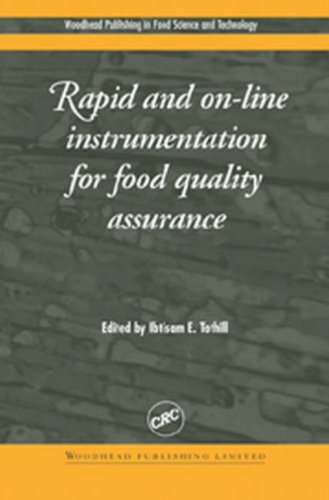
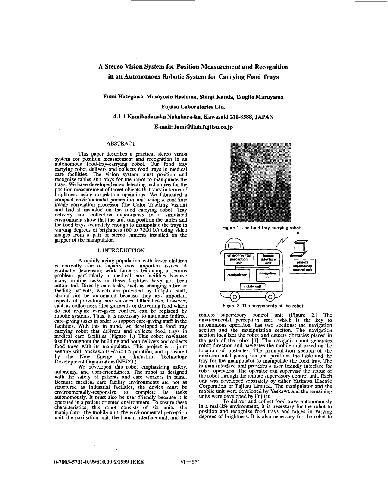
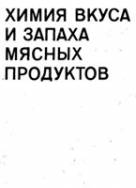

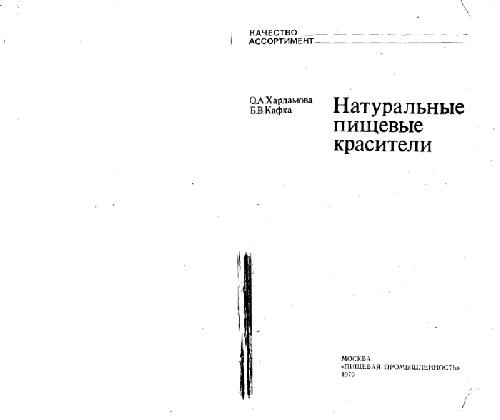
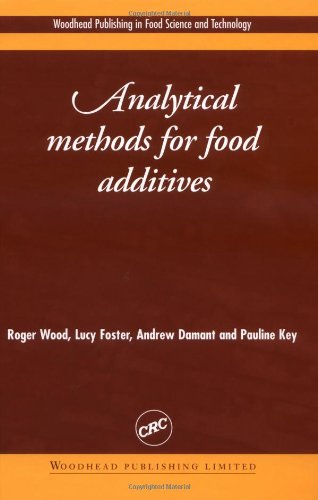

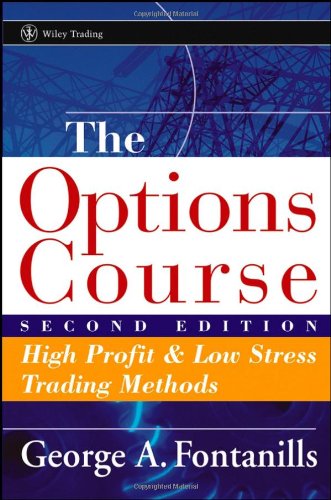
Reviews
There are no reviews yet.